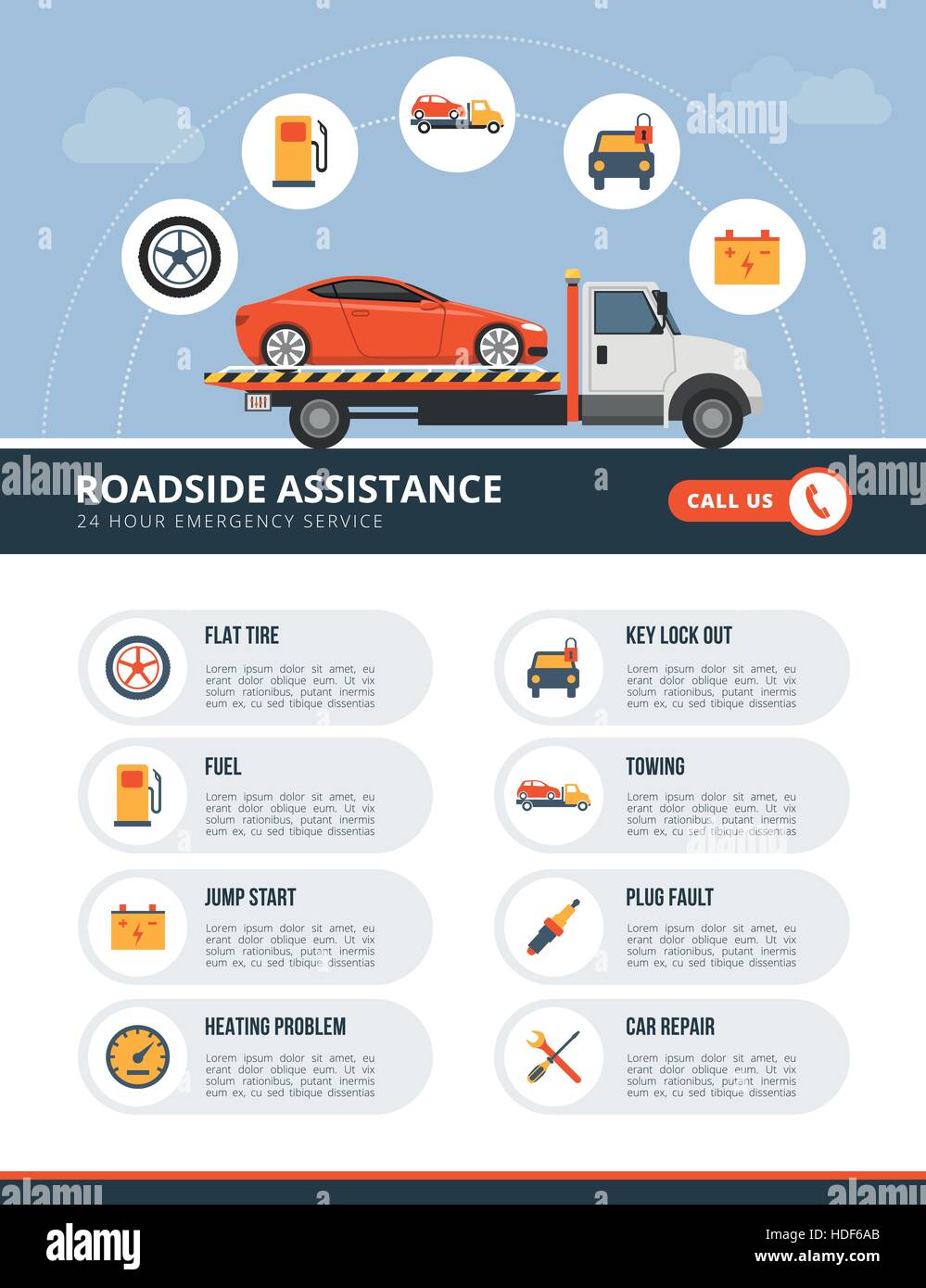A Beginner'S Handbook For Interpreting Your Automobile'S Alert Lighting
A Beginner'S Handbook For Interpreting Your Automobile'S Alert Lighting
Blog Article
Material By-Borg Mahmoud
When you lag the wheel, those little caution lights on your automobile's control panel can be quite bewildering. What do they mean, and should you be worried? Understanding these signals is essential for your automobile's health, but it does not have to be an overwhelming task. By deciphering the secret behind each light, you'll be equipped to manage possible concerns efficiently and keep your vehicle running smoothly. So, following time a caution light flashes, do not panic - arm yourself with knowledge and take control of the scenario.
Value of Auto Caution Lights
Recognizing the value of your cars and truck's caution lights is essential for preserving your vehicle's health and safety. Recommended Online site serve as your vehicle's communication system, informing you to potential problems that can threaten your safety and security when driving or cause costly repairs if disregarded. By taking notice of these cautions, you can address issues early and stop more damages to your car.
Ignoring warning lights can lead to serious effects, such as engine failure, brake breakdowns, or even accidents. These lights are designed to alert you of problems ranging from low tire pressure to engine breakdowns, offering you the opportunity to take action before the scenario intensifies. Regularly inspecting and comprehending these warnings can save you time, cash, and guarantee your safety while driving.
Along with maintaining you safe, reacting promptly to alerting lights can likewise help extend the lifespan of your vehicle. By addressing issues beforehand, you can prevent little troubles from rising into significant repair work, ultimately saving you time and money in the long run. Remember, your cars and truck's caution lights are there for a factor - do not overlook them!
Common Warning Lights and Meanings
When it concerns driving your vehicle, understanding common caution lights and their meanings is vital for your safety and security and vehicle maintenance. Below are a couple of typical caution lights you may come across:
1. ** Examine Engine Light **: This light suggests a problem with your engine. Maybe simply click the next internet page like a loose gas cap or something much more serious like engine misfiring.
2. ** Battery Light **: This light signals a problem with your car's billing system. It can show a defective battery, generator, or other relevant parts.
3. ** Oil Pressure Light **: When this light begins, it implies your engine might be running low on oil or experiencing reduced oil stress, which can result in engine damage if not dealt with immediately.
4. ** Brake System Light **: This light indicates an issue with your stopping system. It can mean reduced brake fluid degrees or a problem with the brake system that calls for prompt attention.
Recognizing these common caution lights will assist you determine prospective problems beforehand and stop even more considerable problems later on.
Exactly how to React To Warning Lights
In case a warning light brightens on your vehicle's control panel, it's critical to react immediately and properly. When a warning light begins, the primary step is to consult your owner's guidebook to comprehend the certain issue suggested by the light.
Some lights need prompt attention, while others may suggest a less urgent issue. If the warning light is red or flashing, it's typically an indication of a severe trouble that needs prompt activity. In such cases, it's advisable to pull over securely, turn off the engine, and look for specialist assistance.
For https://carbrakes62840.blogitright.com/31305792/be-vigilant-regarding-the-emerging-trends-that-will-certainly-affect-auto-repair-work-in-the-years-ahead or orange warning lights, while they might not need prompt focus, it's still vital to resolve the underlying problem without delay to avoid additional damage. Regular upkeep and assessment can help avoid warning lights from beginning unexpectedly.
Final thought
To conclude, comprehending your vehicle's caution lights is vital for keeping your automobile's health and safety. By frequently checking and responding to these cautions, you can address potential concerns early and stop costly repairs or safety and security risks. Keep in mind to consult your owner's manual for details on various warning lights and always take instant action for red or blinking lights. Remain proactive and keep your cars and truck running smoothly!
